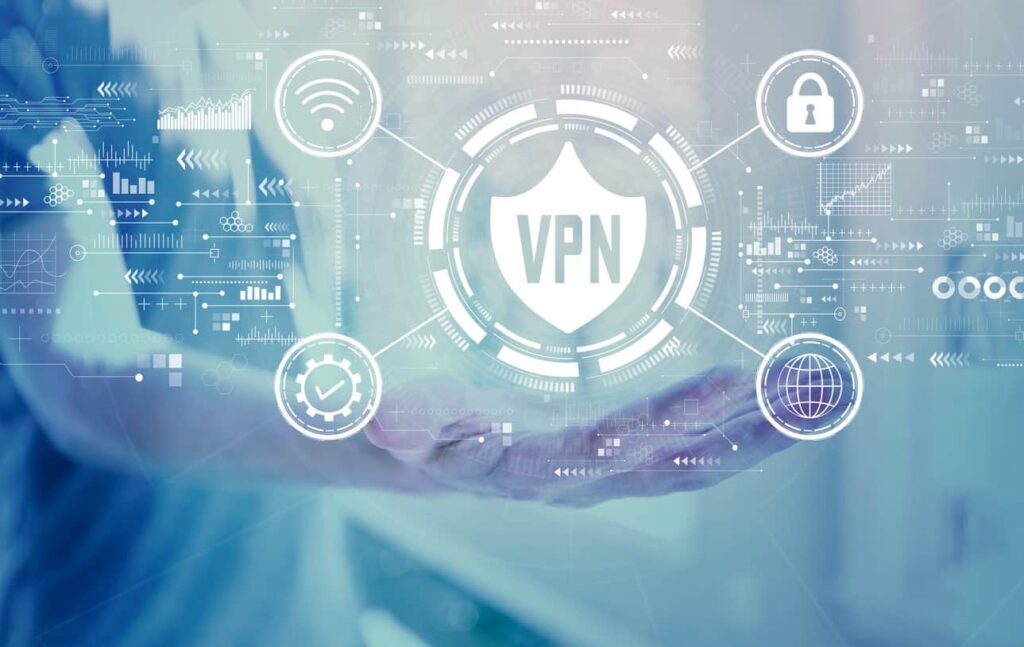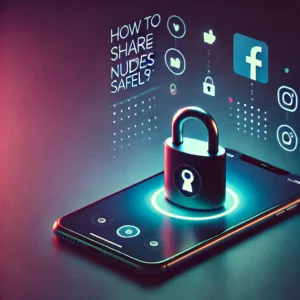
Diving into the Waters of Virtual Private Networks
The digital realm can often resemble the Wild West—unregulated, uncertain, and fraught with hazards. If you’ve ever wondered about increasing your security layers while traversing this vast landscape, the answer might just be a Virtual Private Network or VPN. By the end of this post, you’ll gain a comprehensive understanding of how to use a VPN to enhance your cybersecurity measures effectively.
Demystifying VPN: What Is It?
A VPN is a digital tool that obfuscates your internet connection, making it almost impenetrable to cyber-attacks and surveillance. It creates an encrypted tunnel between your device and the Internet, rerouting your data through remote servers, effectively masking your actual IP address. According to Statista, by 2021, the VPN market was estimated to be worth approximately $35 billion. This soaring figure only emphasises its importance in today’s digitally connected world.
10 Paramount Reasons to Use a VPN
- Anonymity Online: Hide your IP address, thwarting would-be hackers and surveillance agencies.
- Unrestricted Access: Break free from geo-restrictions to access content globally.
- Secure Transactions: Safeguard your bank details during online transactions.
- Public Wi-Fi Security: Protect yourself when connected to insecure public networks.
- ISP Throttling: Avoid bandwidth throttling by your Internet Service Provider.
- Remote Access: Securely access data remotely for work or personal use.
- Safe Online Shopping: Enjoy a more secure experience while shopping online.
- Prevent Data Collection: Block websites and advertisers from tracking your data.
- Enhanced Encryption: Benefit from robust encryption protocols.
- Multi-Device Support: Use multiple devices under one account, often up to 5 or 6.
Exploring the Building Blocks: Types of VPNs
There are primarily two types of VPNs:
- Remote Access VPNs: Ideal for individual users, providing a secure connection between the user’s device and a remote server.
- Site-to-Site VPNs: Often used by businesses, these establish a secure gateway between two or more local area networks (LANs).
How to Choose a VPN: The Must-Have Features
When you’re delving into the VPN marketplace, look out for these non-negotiable features:
- Server Locations: A broad range of servers across various countries.
- Speed: A minimal impact on your Internet connection speed.
- Encryption: Advanced encryption standards, such as AES-256.
- No-Logs Policy: The VPN should not store your browsing history.
- Customer Support: 24/7 customer support can be indispensable.
Your Bare-Bones Guide to Setting Up a VPN
1. Select Your Preferred VPN Service
Choose a VPN that meets your needs in terms of features, pricing, and reputation.
2. Install the Software
Download the VPN client and install it on your devices.
3. Log In and Authenticate
Use your credentials to log into the VPN client.
4. Connect to a Server
Choose a server location based on your needs.
5. Surf Securely
Once connected, you can browse the internet with an added layer of security.
6. Disconnect
Remember to disconnect when you’re done.
The Final Words on This Discourse: Keep Yourself Shielded
Having explored the facets of VPNs, it’s evident that this tool isn’t merely an optional add-on but a crucial component in fortifying your online presence. So, the next time you’re venturing into the complex matrix of the internet, arm yourself with a VPN—you won’t regret the fortified security layers it provides.
In an era where the digital realm is ceaselessly expanding its reach, taking a proactive stance on security is not just wise; it’s imperative.
Thank you for joining me on this enlightening journey into the world of VPNs. Your future digital self will surely thank you.
Feel free to share your thoughts, experiences, or questions in the comments section below.







